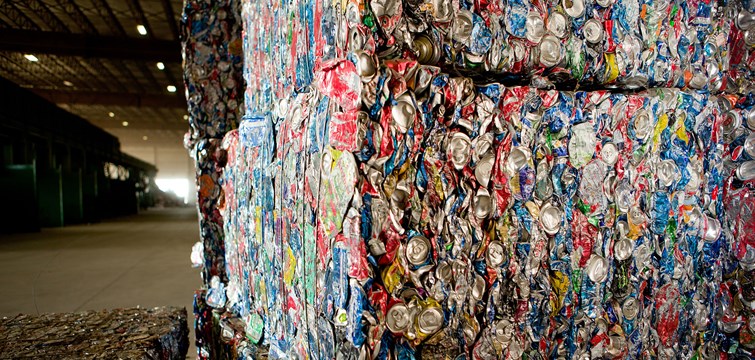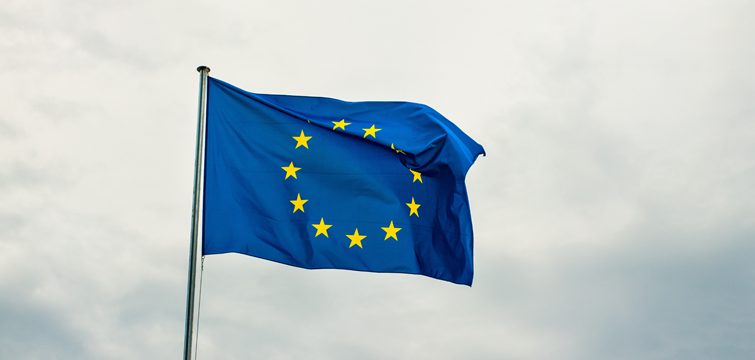The Q2 WEEE collection figures for 2015 were published yesterday by the Environment Agency, and overall the picture is good news for the UK WEEE sector.
However, suggestions are that some producers might not be accurately reporting their waste as B2C (business to consumer), following the move to dual use reporting. In summary, dual use reporting is if your product’s design, specification and function is for both household and non-household use, it is classified as B2C.
WEEE collections on track
The figures show a combined total of 254,260 tonnes of WEEE collected in Q1 and Q2 of 2015. The overall collection target set by BIS for 2015 is 506,878 tonnes, suggesting the UK is increasingly likely to hit its target this year.
Commenting on the figures, Damian Lambkin, head of projects at ecosurety says, “These are healthy figures so far this year, and suggest the UK collections target across all categories is set to be met. This is an encouraging sign, particularly given the number of changes to the regulations, systems and producer responsibilities during the last six to nine months."
"It will be interesting to see whether there will be an increased obligation for members, taking into account dual use reporting in comparison with dual use collection figures."
Recycling schemes will be relieved by the news, since the latest figures indicate there will be no anticipated collections shortfall in any of the 14 categories. As a result, schemes will not need to comply via the compliance fee, provided they source enough evidence throughout the year to satisfy their members’ obligation.
Dual use reporting impact
One thing the figures do highlight is that dual use reporting interpretations by BIS (The Department for Business, Innovation & Skills) and the EA have not had a dramatic effect on the numbers of WEEE tonnages collected. This could be down to producers reporting incorrectly, or AATFs (Approved Authorised Treatment Facilities) reporting these items as B2C evidence.
James Champ, WEEE product manager at ecosurety explains, “Although the Q2 figures look promising when it comes to the UK meeting targets, following the move to dual use reporting, category 13, EEE figures suggest that not all producers within this category are reporting correctly as B2C.”
“Already this year, producers are required to finance higher category 13 targets. While we expected dual use to dilute existing category 13 producers’ market share into 2016, the current UK EEE figures do not reflect this.”
We will be working extensively with our members over the coming months to ensure that everyone is reporting correctly under the new guidelines. If you would like to discuss your WEEE reporting please get in touch with one of our WEEE specialists on 0845 094 2228.

James Champ
Lead Compliance Data Manager
Following a brief career in the legal industry, James joined the compliance team in August 2012, and since has undertaken a variety of roles in account management and scheme operations.
He now holds the role of Technical manager where he is responsible for ensuring Ecosurety and its members are compliant across the packaging, WEEE and batteries regulations. In addition, he also leads our technical service delivery team who support clients with various data projects and international compliance activities.

Useful links
The recently published Q3 collection data indicates a steady progression toward the annual target, currently reaching 76%.
Read More >>In the second quarter of 2023, the WEEE collection figures show that a total of 118,953 tonnes of WEEE has been collected from households across April – June, which is a 3% increase compared to Q1 collections.
Read More >>Across the first quarter of 2023, a total of 120,433 tonnes of household WEEE has been collected, showing a slight increase of 562 tonnes compared to WEEE collected in Q1 2022.
Read More >>



